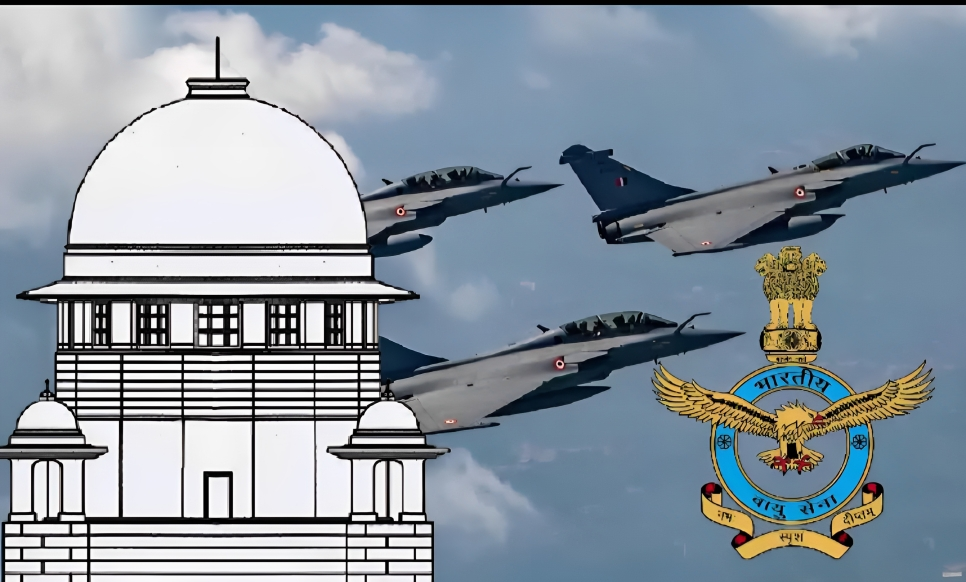In a landmark decision, the Supreme Court has determined that the Air Force School in Bamrauli, Allahabad, does not meet the criteria of a ‘State’ or ‘authority’ as outlined in Article 12 of the Constitution. This ruling, delivered by a 2:1 majority on May 27, 2025, signifies that writ petitions submitted by employees of such schools are not maintainable under Article 226 of the Constitution.
The judgment came from a three-judge bench consisting of Justices Abhay S. Oka, Ahsanuddin Amanullah, and Augustine George Masih. Justices Oka and Masih expressed the majority opinion, while Justice Amanullah presented a dissenting view.
The case arose from two appeals brought by former employees of the Air Force School who challenged their terminations by seeking writ jurisdiction. The Allahabad High Court had earlier ruled that the Air Force School, which is managed by the Indian Air Force Educational and Cultural Society, did not constitute a ‘State’ under Article 12, thereby invalidating the writ petitions.
The Supreme Court upheld the findings of the High Court, stating that there was insufficient evidence to demonstrate that the Indian Air Force or the Government of India exerted direct control over the school’s management or finances. The Court highlighted that the Society managing the school operates as a private, non-profit welfare organization not guided by statutory regulations.
The justices pointed out that while some funds may have originated from welfare contributions, there was no evidence of sustained public funding or government oversight. The Education Code governing the schools was categorized as a private, non-statutory document created by the Society’s Board of Governors.
In his dissent, Justice Ahsanuddin Amanullah argued that the Indian Air Force retains extensive control over the school. He noted that the institution was established and operated by the Air Force as part of its welfare initiatives, asserting that critical financial, administrative, and personnel actions were managed by IAF officers.
To support his position, Justice Amanullah referred to evidence such as the school’s construction on land owned by the IAF, the utilization of welfare funds contributed by Air Force personnel, and the appointment of IAF officers to pivotal administrative roles as indicators of substantial control. He contended that the school’s responsibility to provide education constitutes a public function, necessitating accountability under Article 12.
Justice Amanullah also challenged the classification of the funding as “non-public,” arguing that such funds are eligible for tax exemptions and receive implicit government support, thus carrying elements of public financing.
With this significant ruling, the Supreme Court has reinforced a restricted interpretation of what qualifies as ‘State’ under Article 12, particularly concerning welfare institutions operated by military-affiliated societies. However, Justice Amanullah’s dissent highlights a continuing debate regarding the level of accountability these institutions should have under public law.















